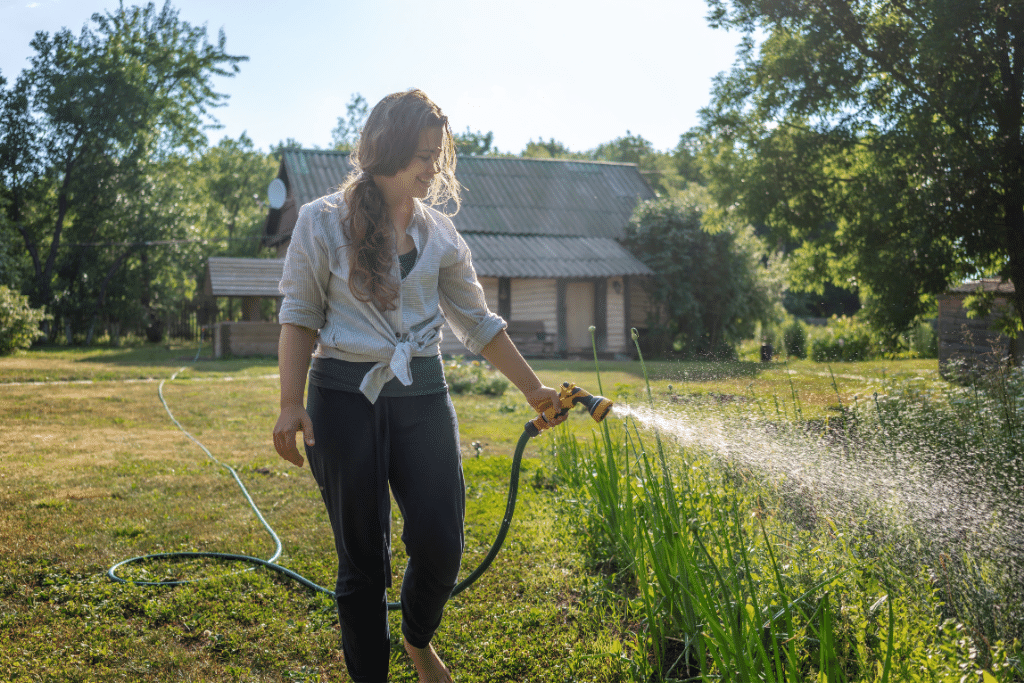
Whether you’re a beginning gardener or just trying to polish your green thumb, studying up on sun and water needs for your plants is a great plan. Two of the most challenging aspects of caring for plants is figuring out the right amount of light and water for everything you grow. This guide can help you determine how much water and sunlight your plants need, so you can grow a garden worth showing off.
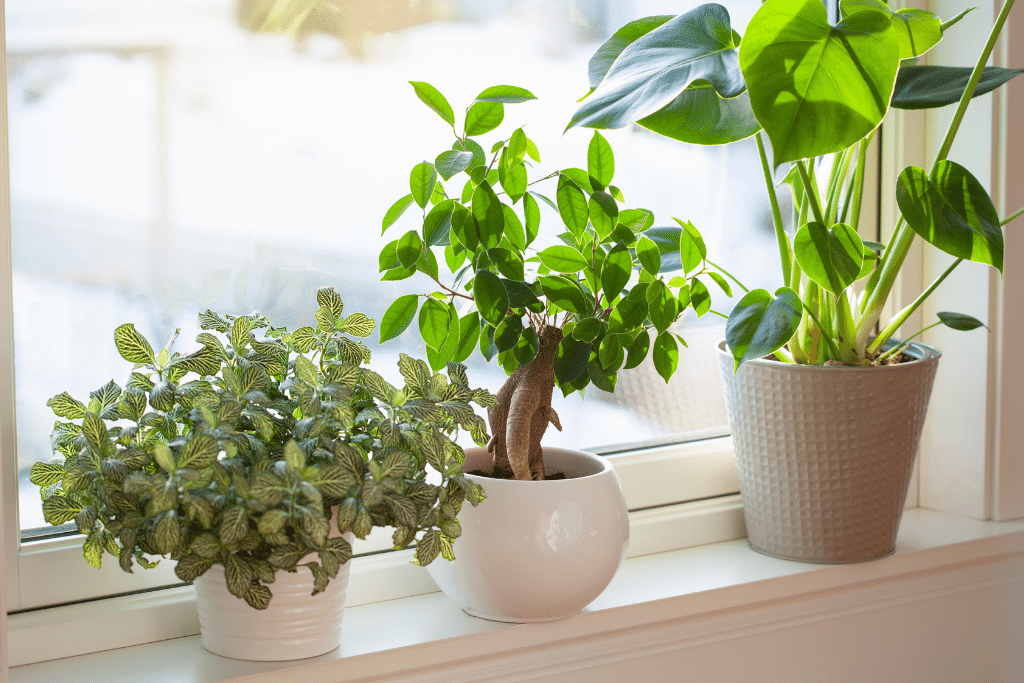
Why Do Plants Need Sunlight?
Sunlight is a key source of energy for all plant life. Sunlight is different from artificial light because it contains the full spectrum of color, which plants need to thrive. Through the process of photosynthesis, your plants absorb energy through the sunlight, creating fuel that is necessary for their survival. Plant leaves are essentially solar panels that capture light, converting it into energy. That’s why you’ll notice leaves slowly changing their position so they can turn toward the sun. If you were curious, this fascinating process is known as phototropism.
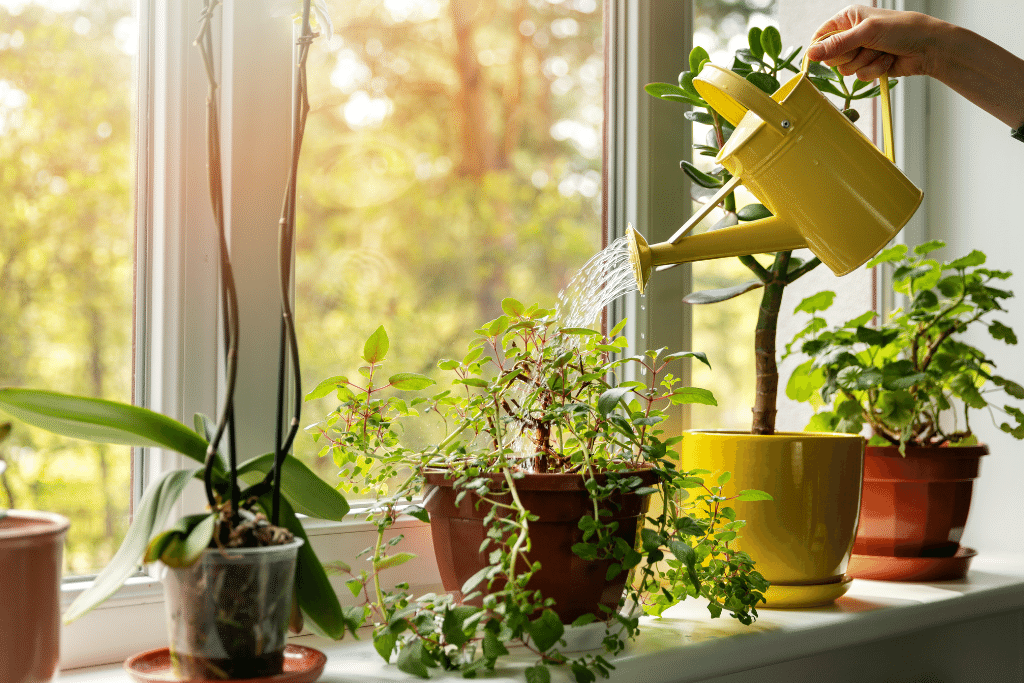
Shedding Light on Sun Exposure
While we know all plants need sunlight, they don’t all need the same amount. The nursery tags you’ll find with each plant you purchase indicate how much sunlight your plant needs using different terms. Here’s what each of them means:
Full Sun: A plant requiring “full sun” needs all the sunlight it can get, at least 6 to 8 hours of direct sun exposure per day. Look for a sun icon on the tags.
Part Sun: Part sun plants need 3-6 hours of direct sunlight per day. Many “part sun” plants can also be treated as “full sun” plants. “Part sun” is represented by a sun icon that is partly shaded in.
Part Shade: Telling the difference between “part sun” and “part shade” can be a bit confusing. “Part shade” plants like 3-6 hours of sunlight but will need protection from the intense sun between 10 am to 3 pm, also known as midday sun. Choose a location that gets sunlight at dawn or dusk but stays in the shade during the hottest time of day. Look for a sun icon that is almost fully shaded in.
Shade: Shade-loving plants still need some sunlight, but not a lot. These plants prefer less than 3 hours of direct sunlight. Think of a place like under a shady tree. Shade-loving plants will be indicated with a sun icon that is completely shaded out.
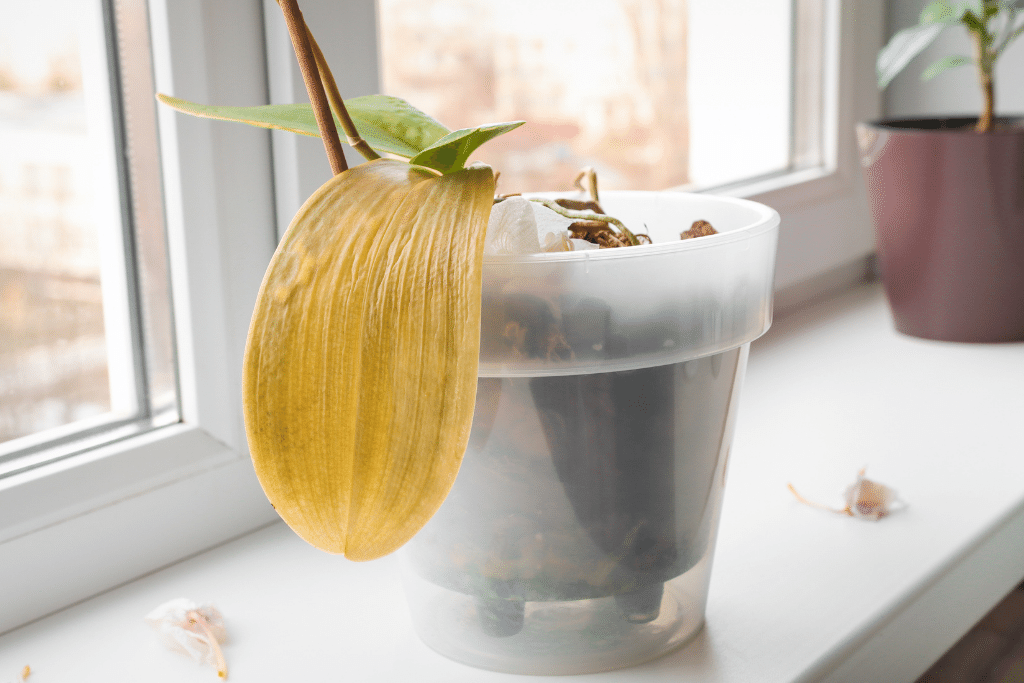
Signs Your Plant Needs More or Less Sun
For new gardeners, it can be very difficult to identify if your plant is in the sweet spot when it comes to sunlight. If your plans are looking dull green, yellow, have begun dropping leaves, or have started to look “leggy” with few leaves, it’s possible that they need more sun. However, if your plants are forming brown leaf tips, it’s likely that it’s getting too much sun exposure and is getting burned. Try not to stress: plants are resilient, and you may just need to make a few tweaks to get things right. Try relocating your plant on an overcast day, and it should be thriving in no time.
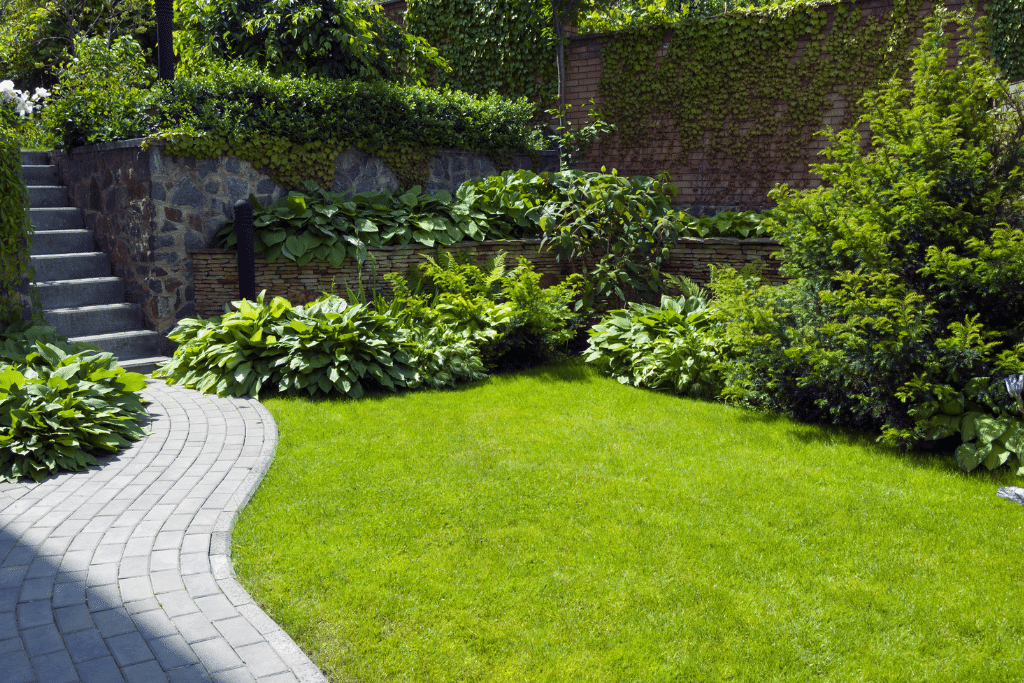
Determining Outdoor Light
When it comes to determining how much sunlight you have to offer your plants, you’ll need to consider the exposure throughout your landscape. Spend some time in your yard observing the light throughout the day. Watching and noting the amount of light each area of your outdoor space gets can help you choose and place your plants, as well as things like patio furniture and landscape design. Take photos of the light in your yard in the early morning, mid-morning, early afternoon, mid-afternoon, early evening, and an hour before the sun goes down. These photos will act as a reference for both sun and shade in your yard.
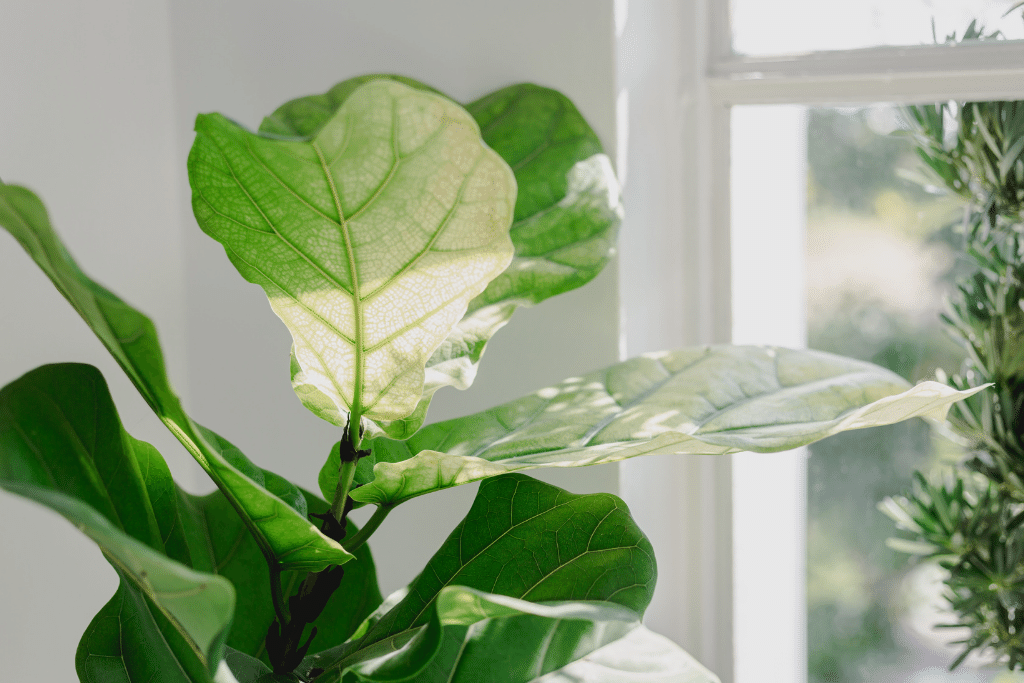
Determining Indoor Light
Your houseplants need sunlight, too! Making sure your houseplants get enough sunlight can be a bit trickier than with outdoor plants. A good rule of thumb is that south-facing windows are best for bright light, followed by east-facing windows. Plants that need “indirect” light can thrive near these windows or closer if the light is diffused through sheer drapes. If you’re stuck with north or west-facing windows, don’t worry; there are many amazing low-light loving plants like ZZ plants or sansevieria that thrive in these conditions.
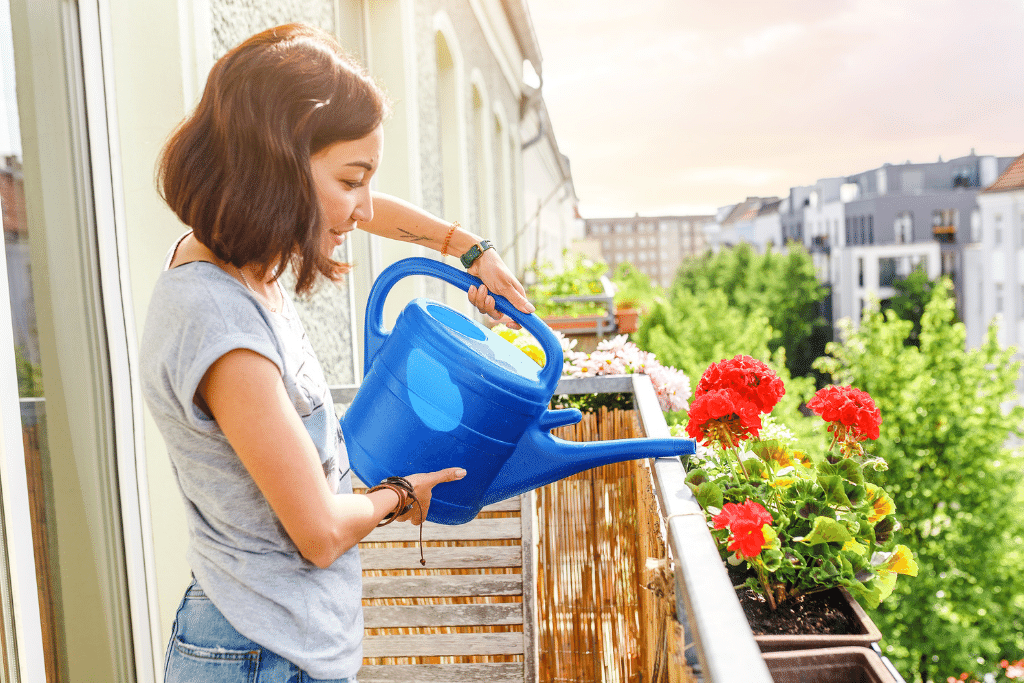
Wading into Watering
Proper watering is another key factor in keeping plants alive and thriving. How often and how thoroughly we water our plants is important for their health and growth. Just like sunlight, each plant will have different watering needs. Every time you bring home a plant, find out how much moisture it will need for healthy growth. When watering outdoor plants, consider not only the plant’s needs but also the weather conditions they’re exposed to. Plants generally need more frequent watering in the spring and summer, when they’re growing actively, and less often in fall and winter as they enter a period of dormancy.
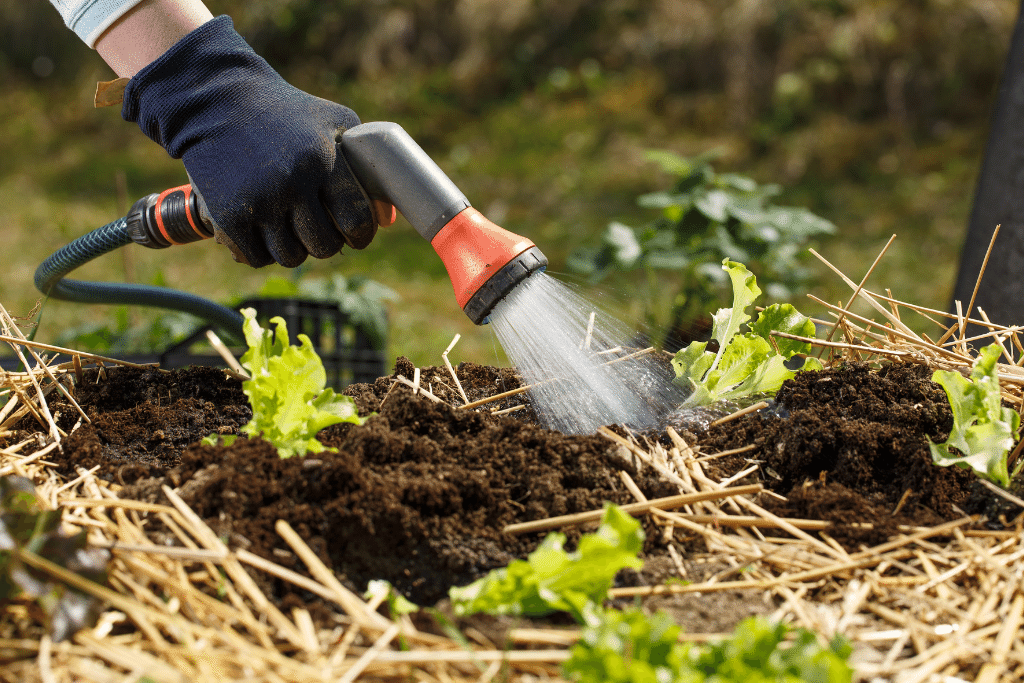
How to Tell if Your Plant Needs to be Watered
While having a watering schedule can be helpful, there are two tried-and-true methods of checking if your plants need water. The first is to get your hands dirty—literally! Let your finger sink into the soil, and if the soil is dry up to your second knuckle, then it’s time to water. As you get to know your plants and their individual needs, keep track of that in your watering schedule. You’re always better off watering based on your plants’ needs instead of based on how many days have passed.
If you’re more of the exacting type, the second method is to purchase a moisture meter. This is a simple probe you can insert near your plants’ roots that will give you a precise idea of how soon you should offer your plant a drink.
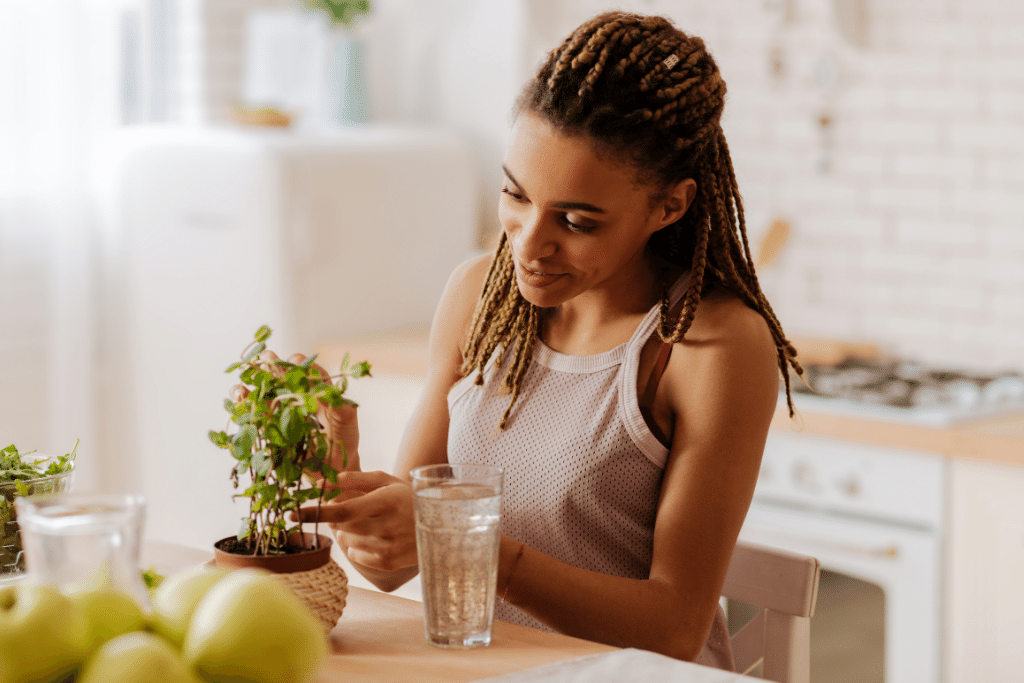
How to Water Plants
As a general rule, it’s better to water thoroughly instead of frequently. Watering a plant too often will waterlog the plant and create rotten roots: it’s hard to come back from that! While humans may love sipping water, plants usually do not. Thorough but seldom waterings help soak the plant deep into its soil to the roots, where the growth happens. If you water a plant a small amount each day, it creates roots at a shallow level, which makes the plant less tolerant of dry periods. Here are some quick tips for best watering practices:
Tip 1: Water around the entire plant
Watering only one side of the plant will cause roots to grow on one side, causing growth issues. Add water slowly around the entirety of the plant.
Tip 2: Water, wait, water
Watering is so nice; you should do it twice! Water can take a bit of time to go through the soil, so it’s best to give your plant one good drink, then wait a few minutes to add a bit more.
Tip 3: Avoid watering the leaves
The soil is what needs the moisture, not the plant itself. Getting water on the leaves of your plant can lead to disease, pests, and mold. A clever way to do this with houseplants is known as “bottom watering.” Simply fill your kitchen sink with a few inches of water, set your plant pot down in the water (provided it has drainage holes), and give it a few minutes to wick up water before returning the plant to its usual station.
Tip 4: Remove excess water
Nobody likes soggy feet, and that includes your houseplants. When watering indoor plants, allow water to seep through the drainage holes and dump out any water that collects in the saucer under your plant.
Tip 5: Water outdoor plants in the morning
When it comes to outdoor plants, you should water plants when the sun isn’t too high in the sky. Harsh light and high temperatures mixed with water is a recipe for boiling and burning your plants. Early morning, before the sun is high in the sky, is the perfect time to water plants—and might be a perfect start to your day, too!
Now that you’ve reviewed two of the most challenging aspects of plant care, you can feel confident that you can handle any gardening obstacle. Use this guide throughout the growing season to help you troubleshoot issues as they arise. If you’re looking for more tips to keep your plants healthy and thriving, visit our garden centers in St.John or Frankfort. We’re always happy to help!
